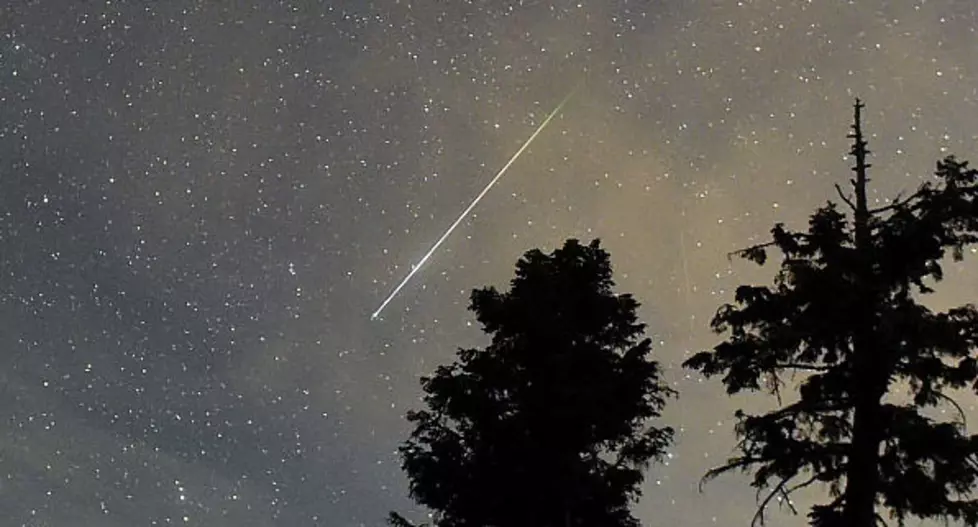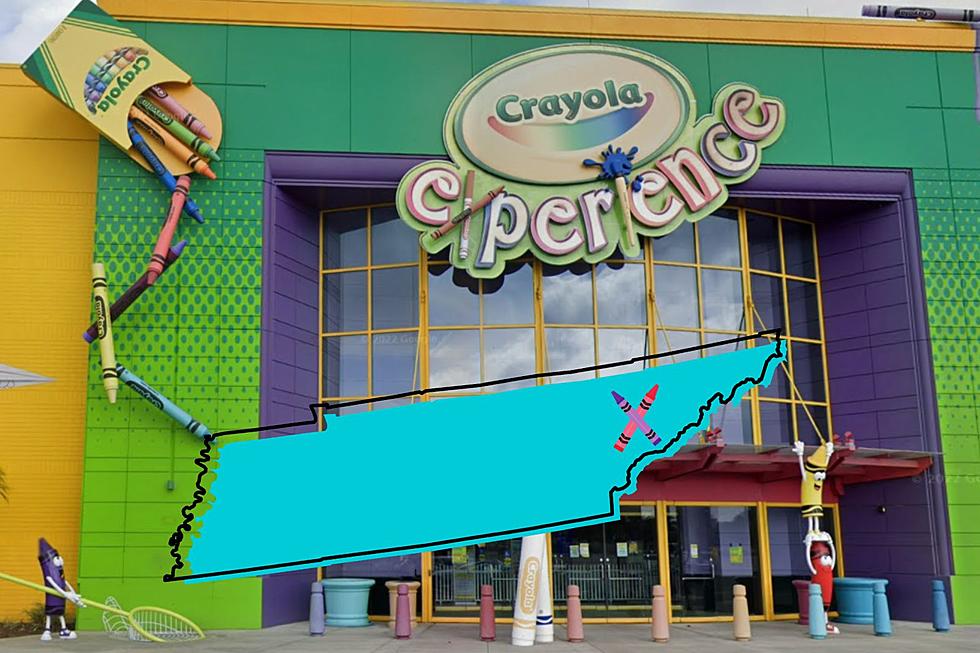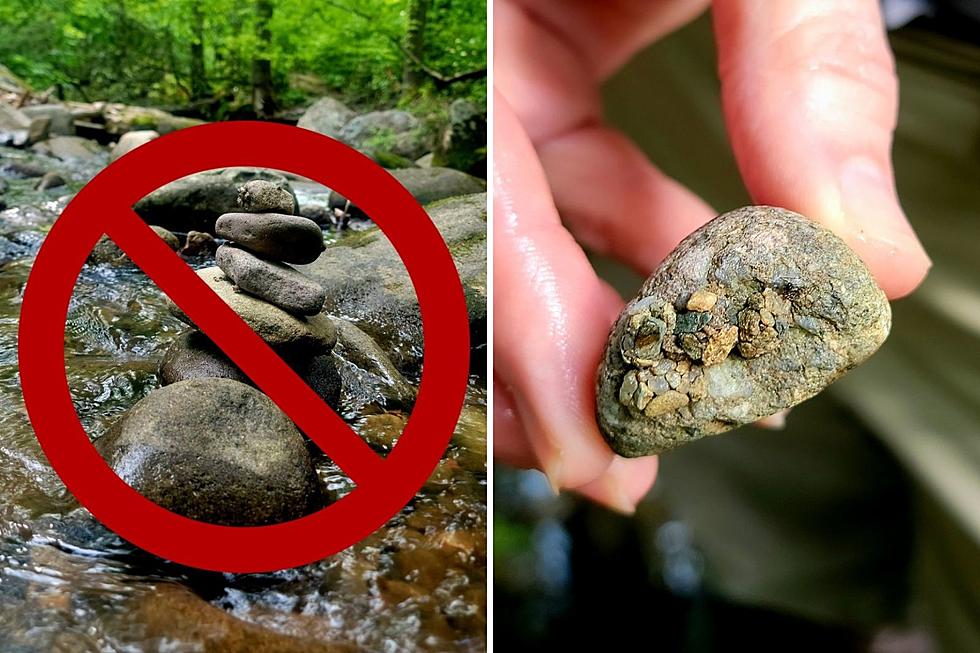
This July Meteor Showers Light Up Night Sky Over Indiana, Kentucky & Tennessee
Those who love the magic of driving out away from the city lights to look up into the vast darkness and watch meteors shoot across the night sky are in for a treat as not one but two meteor showers take place beginning in July 2022.
More Than a Shooting Star
Often called shooting stars, meteors can be seen with the naked eye as they blaze through the night sky, but what exactly is a meteor, and what makes a meteor shower? According to NASA, meteors are nothing more than space rocks, and the friction created as it moves through the Earth's atmosphere generates heat. A lot of these rocks all at once are called meteor showers.
That bright streak is not actually the rock, but rather the glowing hot air as the hot rock zips through the atmosphere.

Flying Rocks?
The idea of intergalactic rocks hurling towards Earth sounds a little scary, but NASA says that we really don't have anything to worry about.
The meteoroids are usually small, from dust particle to boulder size. They are almost always small enough to quickly burn up in our atmosphere, so there's little chance any of them will strike Earth's surface.
How To Watch a Meteor Shower
You will want to find someplace away from the lights of the city. The darker the area you're in, the better. It can take nearly 20 minutes for your eyes to fully adjust to the dark, allowing you to see the night sky more clearly, according to EarthSky.org. Be sure you allow yourself time to acclimate to the dark and avoid other light sources like phones or flashlights. You don't typically need any additional gear or lenses to view most meteor showers either.
When To See A Meteor Shower
There are a number of meteor showers that take place over the course of a calendar year. The Geminids and Leonids meteor showers are two of the most well-known and they take place annually beginning around mid-November. Fortunately, we don't have to wait that long to see shooting stars soon.
July 2022 Meteor Showers
July promises to be a busy month for stargazers with three different meteor showers expected to light up the night sky. Here's what to watch for.
Alpha Capricornids Begin July 7th
The Alpha Capricornids Meteor Shower will kick off July 7, 2022, and continue to August 15, 2022. While it won't create more than a handful of shooting stars per hour, it is known for creating "bright fireballs" according to the American Meteor Society. The Alpa Capricornids are expected to peak in the overnight hours between July 30th and 31st.
Perseids Begin July 14th
Perhaps one of the most well-known, the Perseids Meteor Shower puts on a remarkable show between July 14, 20220, and September 1, 2022, producing up to 50-75 shooting stars per hour. The Perseids will peak during the overnight hours of August 11th and 12th. However, because the moon will also be 100% full, it may inhibit the ability to see as many as you might during a darker phase of the moon.
[KEEP SCROLLING TO SEE SOME INCREDIBLE ASTROPHOTOGRAPHY]
Before You Go
Before you head out to watch the meteor showers, it is a good idea to have an idea of a safe place to view them, particularly if you won't be viewing them from your own backyard. You'll want to be sure that you don't inadvertently find yourself trespassing while trying to get a good view of the night sky. And, since it is midwestern summer, bug spray might be a good idea before you head outside. However and wherever you end up stargazing, I hope when you see one of the meteors that you pause to enjoy the magic of the moment, and don't forget to make a wish.
[Source: amsmeteors.org]
Must See: Astrophotography Taken Over Southern Illinois Zinnia Field
More From WDKS-FM









